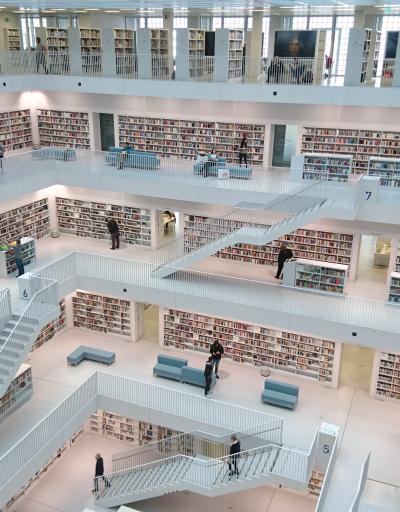
Shutterstock
Collaboration of bil – federation of icelandic artists with the icelandic government on the issues of the arts and culture

Where
Iceland
Iceland
When
2020
2020
Who
Bíl – federation of icelandic artists
Bíl – federation of icelandic artists
Website of the policy/measure
Website
Website
Read the full report
Go to full report
Go to full report
Description of the policy/measure
Bil has not been directly entrusted with carrying out any tasks related to the convention, in fact bil has not been formally informed of the provisions of the convention and therefore has not taken it into account in its work. bil has therefore not requested to be included in meetings or the work of "the governing bodies", however, bil received a request from the ministry of education and culture to contribute to the 2020 global report of the convention. this is a request that bil wholeheartedly accepts and regards as an opportunity to broaden its scope, taking the provisions of the convention into account in the near future. it must be noted that the measure/initiative detailed below has no direct correlation to the government’s commitment to the convention, but bil feels that it encompasses the aim of goal 1: “support sustainable systems of governance for culture”. it is rooted in a 30 year collaboration between bil and the government on artists' issues, including a dialogue around strategical decisions and public policy in the fields of arts and culture along with public funding of art and cultural activities. this collaboration is based on a written agreement between the parties (bil and the government), the current one dated nov. 24th 2018, valid until dec. 31st 2020. its main goal is to ensure the progress of the state's policy in culture and the arts, as well as to support bil's activities in general. it is defined as a consultation on issues of art and artists, support for policymaking, new art forms, promotion of icelandic art abroad, communication with sister organizations in neighboring countries and participation in multinational collaborations. the agreement does not mention the provisions of the un convention on the protection of the diversity of cultural expressions. in this respect, it can be argued that bil’s collaboration with the government does not entirely adhere to the cultural policy for iceland, approved by althingi in march 2013, since the cultural policy emphasizes the importance of cultural diversity in all aspects. these inconsistencies between the two documents become apparent when they are both examined. a similar inconsistencies appear when the cultural policy is compared to chapter (18) in the state budget’s financial plan 2020-2024, approved by althingi in june 2019, since there is only a single mention of cultural diversity in the financial plan and no mention of the protection and promotion of the diversity of cultural expressions. any ambivalence in these basic documents and the execution of iceland’s cultural policy should be addressed, and it is definitely something bil will take into consideration when our agreement with the government will be renewed later this year.
2005 Convention Monitoring Framework Goal(s)
Area(s) of Monitoring
Cultural Domain(s)
This measure was reported by civil societyResults achieved
One of our successes so far is the production of statistics on arts and culture, a project called for by bil and carried out by the national institute of statistics in iceland. two years ago the government called for an improvement in the collection of data for the creative sector. the project is still in a developmental phase and can only produce a limited amount of the data called for in the 2018 global report, i.e. the number of women working in cultural occupations and industries. producing other data requested would require substantial effort. in spite of this the project is well underway and is highly promising, partly because it is executed in a collaboration with cultural institutions, organizations and individuals from the creative sector. in iceland the governance of the arts and design is partly carried out by several centers of the various fields of art and design, one of the focal points being the promotion of art and design internationally. all of these centers rely on official funding for their operation. under the authority of the ministry of education and culture there has been a consultation group working for a couple of years, dealing with the synchronization and streamlining of these centers activities. the group has submitted a report to the minister that is currently in development within the ministry. it is bil’s firm believe that this work will increase the strength of the national centers of art and design. a recent example of an active collaboration in the cultural sector is the new performing arts act, adopted by althingi in dec. 2019. parliament held open consultations with the sector while discussing the proposal. bil was among the organizations that was consulted; this had a positive impact on the final outcome of the law. it now contains provisions that strengthen the influence of the professional associations of artists in theatre and dance on the sector in general, since these associations now nominate a majority of the members to the board of the national theater and the icelandic dance company. the focus the government has on promoting arts and culture for the benefit of children has been of great importance. a fundamental component of this is a temporary fund (2019-2023) that provides grants for projects aimed at children and young people. the allocation rules of the fund emphasizes the protection and promotion of the diversity of cultural expressions.


